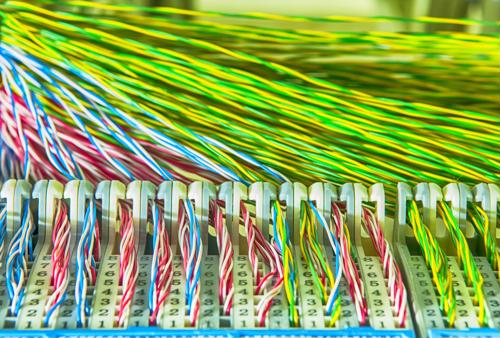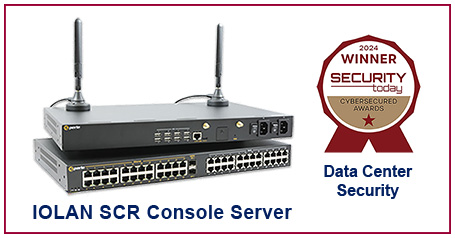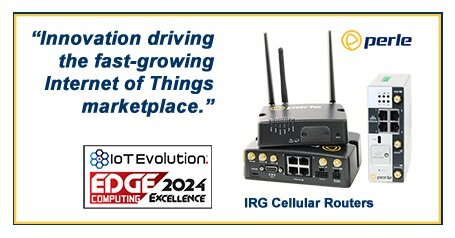
The FCC updates the definition of broadband
By Donna DonnowitzJanuary 29, 2015
Though these companies have plenty of fiber-optic cable stored underground, this infrastructure is far from sufficient to reach the thousands of Internet customers that currently rely on copper wires for DSL. If ISPs want to continue offering broadband service to these customers, the companies will have to make a major infrastructure upgrade.
Infrastructure challenges may help save copper
Just last year, many major ISPs were going to great lengths to uproot and disable their copper networks. Now the same companies may be forced to devote time and resources into getting the most out of these connections. Luckily for ISPs, advancements in G.fast chip sets make it possible to deliver speeds far surpassing the new broadband threshold over longer distances. With the help of technology like fiber-to-Ethernet converters, ISPs could save thousands by retrofitting existing copper systems with G.fast chips and splitting a fiber-optic cable to homes from neighborhood hubs. By combining copper and fiber-optic technology, ISPs have an opportunity to greatly reduce their costs while delivering significantly faster Internet speeds to a large section of their customer base.
Perle has an extensive range of Managed and Unmanaged Fiber Media Converters to extended copper-based Ethernet equipment over a fiber optic link, multimode to multimode and multimode to single mode fiber up to 160km.



